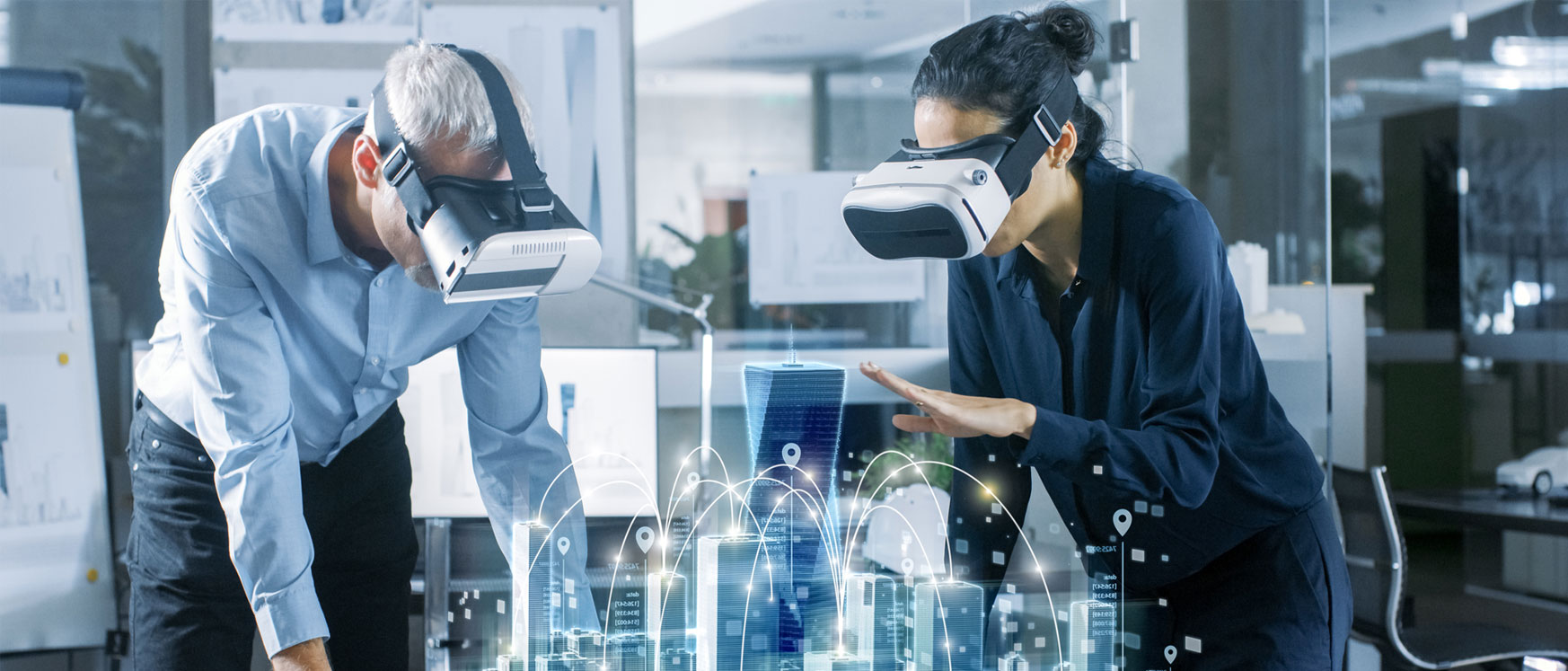
Theme I: Building physical system and environment modeling
This theme includes architectural design and building equipment and systems for thermal and audio/visual comforts, including structural and thermal envelopes and cooling/heating/lighting/noise level control, and energy consumption patterns due to design and microclimates. Theoretical foundations for this theme have been physics-based architecture, engineering and construction (AEC) models such as parametric modeling, BIM, and energy modeling for sustainable building design. However, the modeling processes are inherently separate, which presents significant interoperability problems resulting in undesired modification of data structure and the loss of model revision capability in downstream modeling processes. These problems prevent parametric simulation and optimization of building energy performance. Inadequate interoperability causes $15.8 billion of unnecessary expense per year in the U.S. building industry [2]. Therefore, an integrated approach to parametric modeling, BIM, and energy simulation is in high demand by the AEC industry. However, modeling integration increases complexity in the modeling processes. The complexity of the design models escalates with the increased, invisible dependencies among the various design elements [3]. The focus of this theme’s network activities is to collaborate on the best methodology for interoperability through interfacing with other themes.
The interface elements include the need for better quantification of human behavior/comfort tolerance data, which are the outputs of Theme II, and supply of energy consumption data, which is the input for Theme III. Those elements will be required for interfacing with Theme V.
